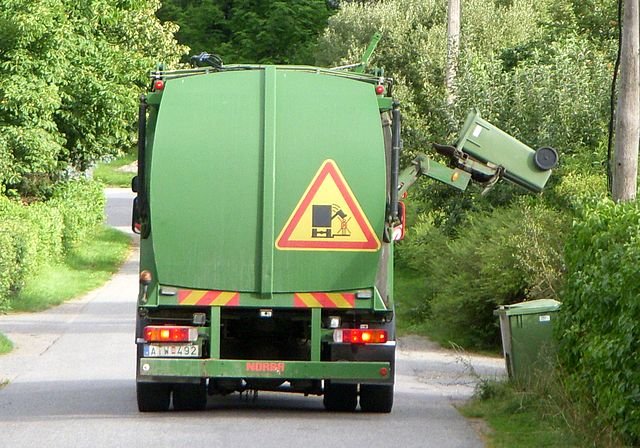Concerts, outdoor festivals and other gatherings with large numbers of people can generate an immense amount of waste. Not only is this wasteful potentially off-putting and unsanitary, but it can cause damage to both the environment and the appeal of the venue.
Many event organizers and planners focus on maximizing the appeal of their events via marketing, big names and other elements designed to draw in crowds. However, any outdoor event in particular must take into account the challenges posed by waste management and recycling in order to ensure sanitary and environmentally-friendly conditions.
In order to maximize the recycling potential of any outdoor venue, the following actions should be considered by any planning team prior to the event.
Partner with Green Waste Removal Companies
One of the biggest ways any event organizer(s) can contribute toward energy efficiency and more environmentally-friendly outcomes is to procure the services of a green waste disposal service.
Anyone who has organized an outdoor event before – especially in an open space or other area where standard permanent facilities do not exist – understands the need for waste disposal. Companies such as Satellite Industries provide on-site portable restroom services that dispose of waste in efficient and environmentally-friendly ways.
Some companies even use this bio-waste to create clean energy from the output, helping to further minimize its impact on the environment.
Position Recycling Bins Ideally
Virtually every outdoor venue generates large amounts of waste. From bottles and cans to miscellaneous items that find their way onto the ground or in trash cans, it can be a mess. When planning any outdoor event, organizers will have full control over where the flow of traffic is and how/where people congregate.
With this knowledge available, event planners can take steps to ensure that recycling bins and containers are optimally positioned throughout the premises to capture the largest amount of waste possible. Depending on the event and its offerings, you may need separate containers for aluminum, plastic, paper and/or glass.
Ask for Help
Especially true when coordinating events for charities, local organizations and non-profits, a small volunteer force may be both obtainable and very useful in facilitating recycling. With the help of a few volunteers, a team can scour the venue during and after the event in order to retrieve recyclables from the receptacles. In addition, these volunteers can also help with any litter found on the grounds during the event, thereby minimizing the amount of clean-up time after the event has concluded.
Contact Local Recycling Centers
Your local recycling center, landfill or governmental body may have additional resources to provide in the pursuit of improving recycling at an event. Some cities have independent recycling agencies that offer free receptacles and pick-up for recycled goods. Others offer comprehensive guides on how to position recycling areas and maximize participation from event attendees. Even the federal government offers recycling resources to those who wish to improve waste outcomes.
Ultimately, this information and assistance can go a long way toward maximizing recycling at any event, as these entities will have plenty of expertise and experience in these areas. Such advice can help further improve environmentally-friendly outcomes and reduce the incidence of waste at any event.
The massive amount of potential waste generated during any outdoor event can be disruptive both to the event and the environment. Event organizers who want to maximize cleanliness and environmental friendliness can take steps to reduce the amount of discarded materials that end up in landfills and other centers. By working with local agencies, procuring volunteers, partnering with waste removal agencies and using recycling bins efficiently, the overall amount of waste at any outdoor event can be substantially reduced.


















